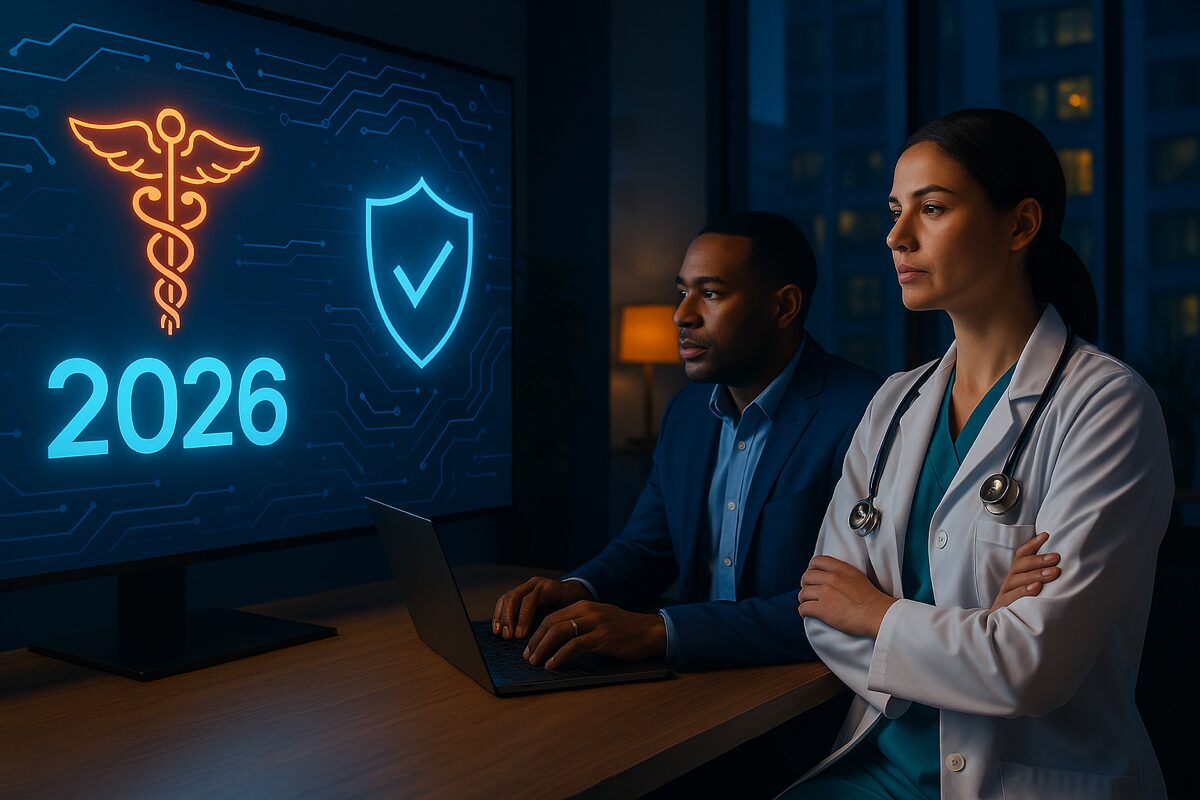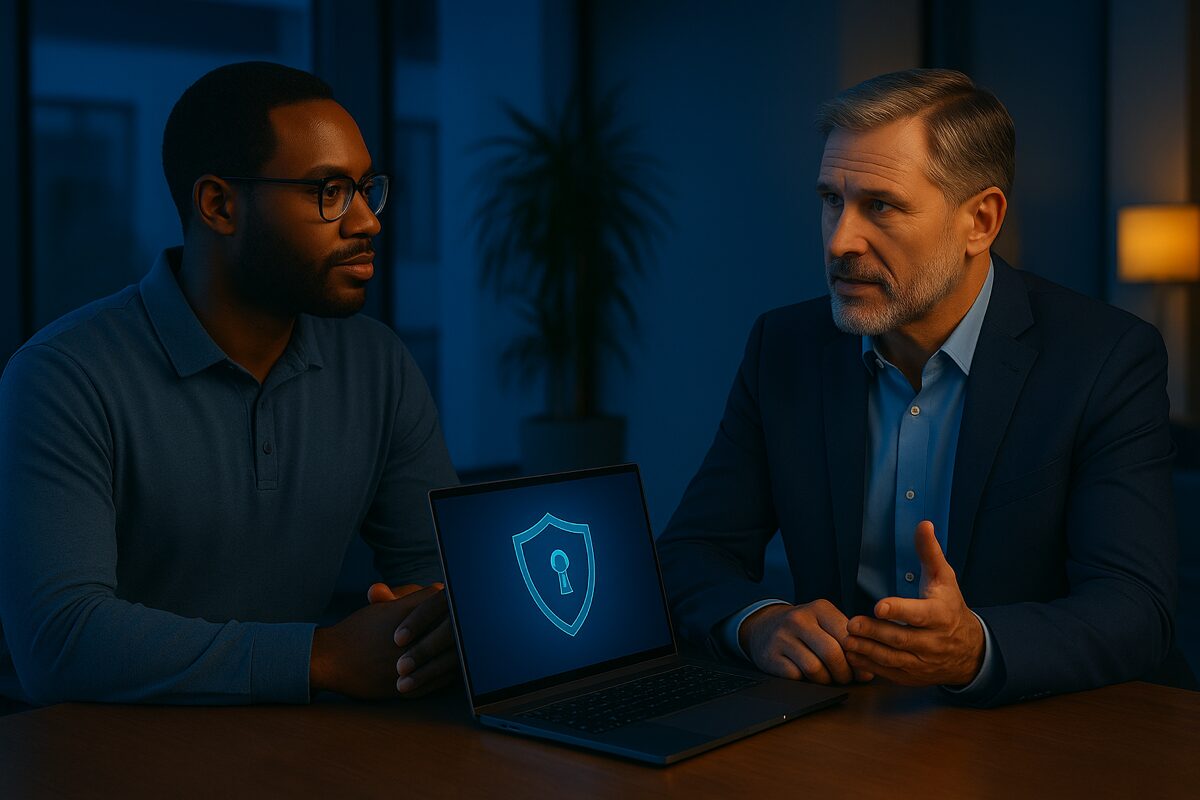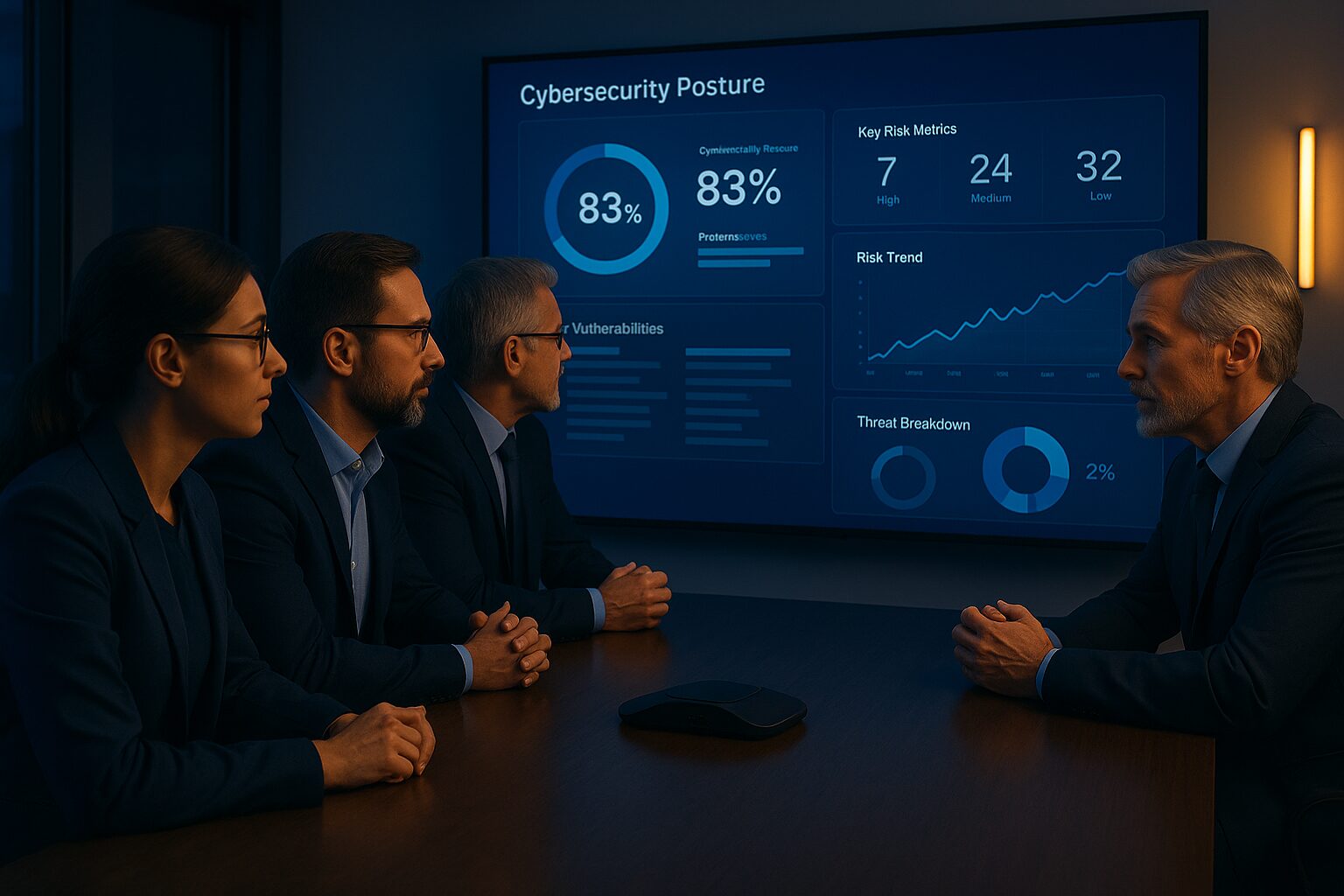Elevating cybersecurity measures is essential for every business in today’s digital world. However, when safeguarding senior living residents against cyber threats, it becomes imperative to bolster your community’s defenses through the implementation of robust cyber hygiene practices.
Summary
Protecting vulnerable senior citizens from scams and cybercriminals can allow them to enjoy their golden years to the fullest. Instituting robust cybersecurity measures for senior living communities is an important way to provide added protection for these vulnerable populations. The right cyber hygiene strategies can mitigate cybersecurity risks and promote the safest environment for older adults living in these communities. Here are some of the most essential steps administrators of senior living communities can take to manage potential threats to the financial health and safety of their residents.
Know the Risks
To effectively communicate the risks of online activities and cybercrime, it is first necessary to understand them yourself. Some of the most serious cybersecurity threats include the following:
- Data breach incidents at senior living facilities can result in the disclosure of healthcare data, personally identifiable information, and other sensitive data. In some cases, a data breach could allow cybercriminals to gain access to credit card information or bank accounts belonging to residents of these facilities.
- Identity theft occurs when criminals gain access to personal or financial information and use that information to open bank accounts, obtain credit cards, or request fund transfers to their own accounts.
- Ransomware attacks can occur when unsuspecting individuals click on a link in an email or visit a website that is infected with this type of malware. Once the computer virus has been installed, it encrypts data files and operating systems to prevent the user from accessing them. Demands for payment in exchange for removing the encryption are usually part of ransomware attacks. However, even if payment is made, the criminals responsible for these cyber attacks will usually not restore access to the computer system.
- Social media sites and emails can often be used for phishing attacks that use social engineering to obtain passwords and other sensitive information from older people. By posing as trusted organizations, as family members, or as friends, cybercriminals use phishing attacks to acquire sensitive information that can be used to access credit card data or bank accounts. By leveraging information derived from phishing attacks, criminals can sometimes open new accounts in the names of vulnerable older adults.
- Computers without adequate protection against malware can also represent significant vulnerabilities for older Americans. Boosting cybersecurity and instituting protections against hackers can reduce risks in these healthcare environments. By identifying vulnerabilities in your information technology infrastructure and adopting a vigilant security posture, senior living communities and nursing facilities can protect older people against these potential threats.
- Mobile devices and apps on these devices can also be convenient entry points for cybercriminals to access confidential information or financial data.
In 2021, adults over 50 lost more than $3 billion to cybercriminals in America alone. Worldwide, losses are expected to reach $10.5 trillion by 2025. Establishing a robust risk management program for your facility can protect senior citizens from many of the most serious risks to their finances and personal information. For many senior living facilities, working with a trusted information security company can provide added help in managing cybersecurity risks now and in the future
Invest in Proactive Risk Assessment and Management
Working with a professional company that specializes in data protection and cybersecurity can allow your healthcare facility or living community to protect your residents more effectively. These companies can evaluate your overall security posture and point out vulnerabilities in your existing endpoints, infrastructure, and Wi-Fi networks. By implementing their recommendations, you can create a safer environment for your residents and the confidential health and personal information you safeguard for them.
Upgrade Critical Infrastructure
Outdated servers and networks can represent serious vulnerabilities for your organization. Whether your staff members and residents access online resources through Wi-Fi or hard-wired internet connections, implementing robust security for these networking solutions is essential to prevent data breaches and other cyber attacks. Ensuring all of your software and hardware has been updated and is as secure as possible can reduce risks for your institution and residents.
Create an Incident Response Plan
Despite your best efforts, cyber attacks can still affect your organization and the residents of your senior living community. Addressing these issues promptly and performing incident mitigation can often reduce the impact of data breaches, phishing attacks, and malware. Working with a trusted partner in the information technology and cybersecurity field can allow you to address breaches and data issues quickly and effectively. Prompt remediation for these incidents is essential to maintain a safe online environment for your team and your facility’s residents. These IT experts can also help you establish a proactive cyber hygiene regimen for your facility that can make security incidents less likely in the future.
Choose the Right IT Service Provider
For many assisted-living and senior communities, outsourcing information technology tasks can take some of the pressure off in-house staff. Working with a company that can manage networking and data protection tasks is a great way to provide reliable online access to residents and staff members alike. A company with a proven reputation for managing cybersecurity threats can also assist you and your team with various regulatory requirements and help you manage your cyber hygiene plan for improved compliance and incident response activities.
Stay in Compliance With HIPAA Regulations
The Health Insurance Portability and Accountability Act of 1996 (HIPAA) requires healthcare providers to protect patient information and outlines specific measures for managing and maintaining this information safely. Communities that serve older adults often provide healthcare services to their residents. Working with a company that specializes in cybersecurity and compliance with data protection and HIPAA regulations can often help your facility stay on the right side of these legal requirements.
Require Strong Passwords and Multi-Factor Authentication
One of the best ways to protect data in the healthcare industry is to institute policies regarding access to sensitive data. Ensuring your staff members use strong passwords and change them regularly is a good first step to improving your facility’s data protection. Multi-factor authentication ensures that those accessing healthcare data are authorized to do so. This can keep you on the right side of HIPAA requirements and regulations to reduce issues involving unauthorized access to patient and resident data.
Educate Residents About Potential Threats
Providing your residents with the right information can allow them to protect themselves more effectively against the most common cyber threats and risks in the online world, including the following:
- Tech support scams and ransomware attacks can be frightening for older adults. Providing immediate assistance can often reduce the stress associated with these cyber attacks.
- Romance and family emergency scams often target senior citizens and play upon their emotions and fears to obtain funds from these vulnerable individuals.
- Phishing attempts may appear to be legitimate communications from reputable banks or other institutions. By showing your residents how to spot a phishing email or text, you can prevent many instances of financial exploitation.
- Advance fee scams may claim that the recipient has won a prize or is qualified for a loan or line of credit if the unsuspecting victims of these cybercrimes pay a fee in advance.
By explaining these threats to older adults in simple and easily understandable terms, you can often provide them with the information and the tools they need to protect themselves against scams and fraud. You can also outsource these educational sessions to your IT company to ensure the most comprehensive and accurate information for your facility’s residents
Choosing the Right Partner for Your IT Needs
Managing cybersecurity concerns and networking requirements can be challenging for many healthcare facilities. Working with a company that can provide comprehensive networking, security, and educational services for the healthcare industry can allow your facilities to navigate the online world safely and efficiently. Your IT partner should offer a full lineup of services tailored to suit your facility’s needs, including educational sessions, compliance programs, cybersecurity assistance, and networking options for your staff and residents. Meriplex is a leader in the online security field and can create a customized lineup of services designed with your unique set of needs in mind.
At Meriplex, we offer comprehensive cybersecurity services designed to assist senior living facilities with all aspects of their information technology needs. We can provide educational programs to help your staff and residents protect themselves more effectively from cybercriminals in the modern online world. If you are looking for a dependable partner for your community, we are here to help you with cybersecurity, networking, cloud infrastructure, compliance and ongoing IT support for your senior living community. Contact us online or give us a call at 1-832-937-9838 to discuss your needs with one of our team. At Meriplex, we can provide the right solutions for you now and in the future.



